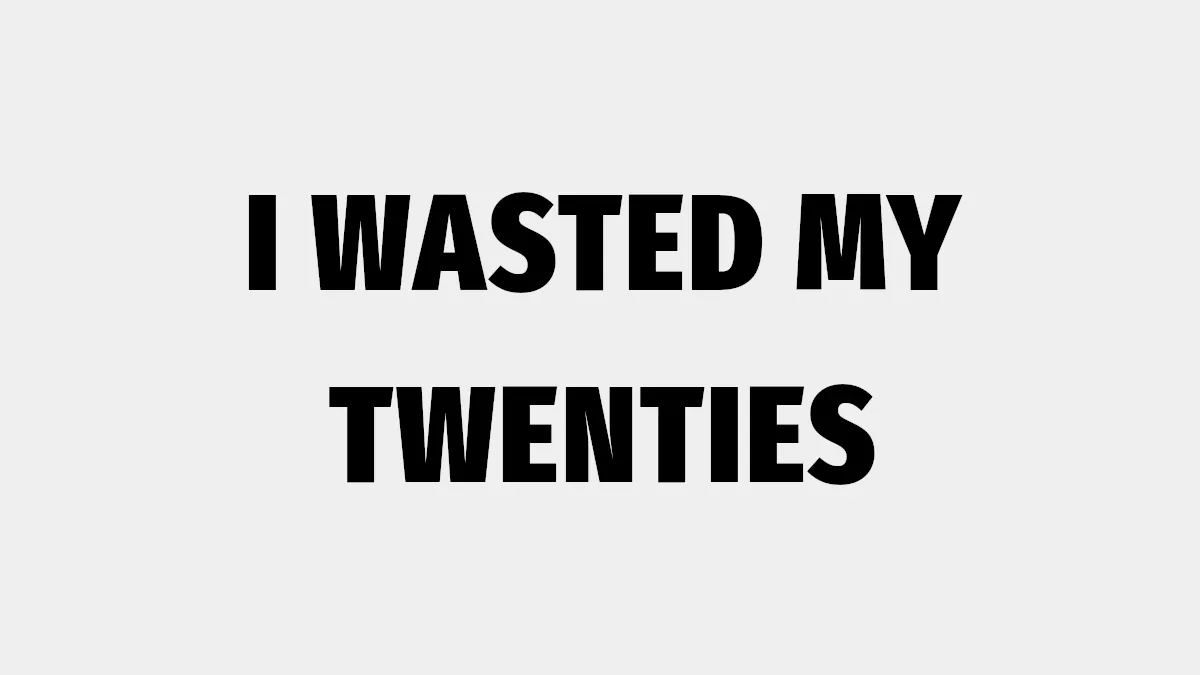Here at Face Dragons, we’re all about finding hard things to do and conquering them. So, of course, making goals is a big part of that. Like most things in life, goals aren’t one size fits all, but if you want to make optimum progress, you should try setting stretch goals. This post discusses “what are stretch goals?” and how to use them for massive progress and faster success.
Stretch Goals vs. Regular Goals
Stretch goals are something you don’t hear much about. You’ve undoubtedly heard productivity gurus talk about the benefits of long-term goals, short-term goals, and SMART goals, but where do stretch goals fit in?
Stretch goals don’t have a timeframe (though you should give them one). A stretch goal could be something you do today, or that will take years to accomplish. What makes something a stretch goal is its perceived difficulty. It’s a goal beyond what you think you’re capable of.
For example, you might want to finish reading two chapters of a classic book today; a stretch goal would be to finish the whole book. Or you might have a long-term goal to become fluent in Spanish in the next five years; a stretch goal would be to do it in one year.
Setting stretch goals might surprise you because you’ll discover you’re capable of much more than you previously thought. Even when you fail at a stretch goal, you still get further than you would have done with it. For example, if you fail to finish the book, you’ll still have read more than two chapters. Or if you fail to become fluent in a year, your Spanish level will still be much higher than it would have been.
How to Set Stretch Goals That Work
Stretch goals shouldn’t be the only type of goals you set; you need to use them strategically.
- When you need a boost in productivity
- When you have more free time
- When you’re stuck in a rut
- When you start monk mode
How to set goals that are a stretch? Take a typical goal and stretch it with the five methods below. Let’s use the example of writing a book.
1. Increase the Workload
Write two books at the same time.
The first way to push yourself harder with your goal-setting is to make a big goal bigger! Achieving this goal will feel daunting. It should! But to be successful and make a reality-changing difference, you must think big!
Don’t be scared to write something down which seems absurd right now. For achieving crazy-looking goals and objectives, write it down as if it were your mission statement.
NASA does this. When they said they’d put a man on the Moon, it was a giant task, but it was a mission statement they were willing to work on for years to achieve.
2. Reduce the Time Frame
Write the book in one month.
Warning: This is not something you should do often or at a time when other responsibilities need attention. Cramming an 18-hour training into a two-day weekend is possible, but you must know that it will be demanding and exhausting, so you must plan accordingly.
Monk mode is the perfect time to use this method of setting a stretch goal. In monk mode, you remove all the distractions you have and stop socializing so you can spend long hours working on your project or task. After your work is up for the day, you don’t have to do chores or put the kids to bed, so you can focus on relaxing and recovering so you can do it all over again the next day.
3. Increase the Intensity
Write a chapter every day.
Increasing the intensity isn’t the same as reducing the timeframe, although it may have the same effect. When you reduce the timeline, you move the deadline closer. Your focus is on the end goal. But when you increase intensity, your focus is on the work itself.
That might mean you try to do more than one thing at the same time, although multitasking rarely works. More often, it means either delegating or working to become more efficient. Using productivity tools or task management techniques to help you get more done.
4. Something You’ve Never Done
Make all the artwork too.
A new stretch goal can be scary but also exciting, especially when it’s something you’ve never done before. Setting goals often leads you down familiar paths. You already know the things you want to achieve, so you focus on them, but there’s a whole world of unexplored treasure out there.
Look at lists of hobbies and activities to inspire you. Find new places to travel, culture to engage with, and people to meet. Expanding your horizons will force you down new paths of thinking, and you might find a new stretch goal that would change your life.
5. Something you’re likely to fail
Sell a million copies in the first year.
“Failure is always a possibility, even for things you don’t want,” Jim Carey said that it was watching his father fail at a job he didn’t want that gave him the courage to become a comedian.
Failing at a stretch goal is a good thing. It means that it really was a stretch goal, and you didn’t go easy on yourself. When you put in the work and still fall short of the finish line, you still make significant progress. You make the goal easier to accomplish next time. Don’t be too vague when you set the goal. Otherwise, you won’t know when you’ve failed (or succeeded), and you will learn that you can face dragons and survive.
Avoid These Mistakes When Setting Stretch Goals
Don’t Worry About How You’ll Get it Done
You set a goal to “create the next awesome educational app,” but you don’t have any idea about programming apps or what it takes to build software. Breathe! You can do this!
It wouldn’t be a stretch goal if you already knew how to get it done! You don’t have to complete your stretch goal; you only need to become someone who can complete it. That might sound like a meaningless distinction but stay with me.
You get so focused on your end goal of “building the app” that it stresses you out and convinces you you can’t do it. In truth, though, you might need to start learning to code, “Building mobile apps for complete beginners” that’s something you can do! Once you finish that course, you might be someone who’s capable of building the app you want to make.
Don’t Set a Goal That You Can’t Control
Goals that depend on outside forces aren’t really goals; they’re wishes. So, for example, a “goal” of winning the lotto or making someone fall in love with you is setting you up for failure. Sure, you could “work on your goal” by buying thousands of tickets or trying to make yourself more charming, but ultimately, success or failure doesn’t depend on you.
Equivalent goals you can control might be making a million dollars or finding someone special. The routes to these finish lines are entirely within your control. You can make a million bucks if you work hard enough at your business and adapt when needed. And as long as you keep one eye on who you are as a person and keep putting yourself in places to find love (or online), you’ll find the person you’ve been looking for.
Don’t Play it Safe or Be Realistic
Don’t set realistic goals!
You can make a list of daily goals or short or long-term goals and fill it with things you know you can achieve, but stretch goals should be a stretch! Don’t play it safe, and stay in your comfort zone. Instead, come up with a goal that would be incredible to complete, but that failure is highly possible.
Remember, even if you don’t make the goal, the experience of trying for it will still get you further than you would have otherwise gotten.
Setting SMART Goals
SMART goals are great; in case you’ve forgotten, smart stands for:
- Specific
- Measurable
- Attainable or Achievable
- Realistic
- Time-bound or Timely
But your stretch goals don’t need to be SMART goals. In fact, they shouldn’t be. If NASA only used SMART goals putting a man on the moon would never fly. Is it realistic? Attainable? Although we know it is now, in hindsight, back then, it seemed like a pipedream.
Stretch Goal Examples for Business
- Double Sales
- Design & Release a New Product in 3 months
- Get a celebrity to use our product
- Double company value in a year
- Break-even the first month
- Find ten clients in week 1
- Get a million likes/views/shares/retweets
- Buy out competitors this year
- Make the business 100% passive
- Make a million
Stretch Goals Examples for Employees
- Get a Pay rise this month
- Become my boss’ boss
- Get a company car
- Increase paid holiday time
- Become twice as efficient
- Hire an assistant
- Take the lead in the next project
- Work from home
- Get a promotion
- Attend a training course
Personal Stretch Goal Examples
- Get married this year
- Buy a house
- Build a business
- Turn your favorite hobby into an income stream
- Move to another country
- Become a digital nomad
- Send children to a private school
- Buy your dream car
- Have a child
- Read the classics
Stretch Goal Setting Tips
Prioritize
Becoming a black belt in a year or finishing the complete Shakespeare are great personal goals to aim at, but if you don’t yet make a regular income, they shouldn’t be your priority. Supporting yourself and your family need to come first, so if you don’t yet have a lifestyle you’re happy with, create goals and make progress toward earning more money.
- Starting a side hustle to help achieve your financial goals
- Set yourself up a business
- Make yourself more valuable for tangible results
Track Your Goals
Trying to keep your goals in your head is not a good idea. Even if you do remember them all, the extra bandwidth your brain uses to hold onto and track life goals, career goals, and other goals will sap your focus and reduce your creativity.
David Allen calls this “mental RAM” You only have so much, and if you’re using it to store your goals, you’ll have less to use on other cognitive-heavy tasks.
So use a goal management app to plan and store the things you need to accomplish. You can use a simple task management app like Google Tasks or Todoist, but an app with more functionality will mean you can add audio, pictures, and more than a simple list manager can hold. Obsidian is made to be a second-brain app and is perfect for planning your goals.
Obsidian’s Tasks plugin will also help you track your progress as you complete tasks toward your goal.
Stick to One Stretch Goal at a Time
Of course, you should have more than one goal, but stretch goals aren’t regular goals. They’re intense and take more time and energy to complete. Trying to work on more than one stretch goal at a time is a path to burnout.
So what should you do if you have many ideas for stretch goals? Write them down in your goal management software and then commit to working on one. When it’s complete, move on to the next.






